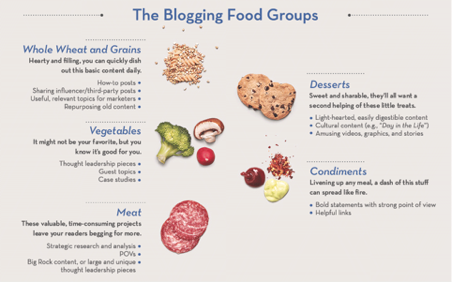How to form a more perfect union between text and visual content in your social media strategy.
Text and visual content form a sizeable chunk of your social media strategy — but have you ever considered exactly how these mediums can best work together and alongside each other?
Seamlessly integrating text with your visual content on social media can boost engagement and interaction with your followers. Here’s how.
1. Use Text Overlays to Make Your Images Resonate
Text overlays are simple to do and hard to get right. But when done well, they can turn a flat image into an inspirational one. The right text overlay can help an image or photo tell a story that resonates with your audience, speaking to the fears and desires of your buyer personas.
The US apparel brand Nike nails this in their social media posts.
Without the text, this image of tennis legend Roger Federer is relatively flat. But the addition of the overlay, a knowing nod to the perception of Federer as an underdog in the 2017 Australian Open, turns the photo into a motivational call-to-arms. The brand’s tagline below reinforces that message, compelling and inspiring the reader to take Federer’s lead.
2. Provide Insight into Your Imagery
Standalone imagery with a short, succinct caption works just fine for some brands. But for others, you can use captions to provide deeper insight into an image, giving a candid peek into both the picture and your brand. The Brooklyn Museum provides a perfect example of how brands can successfully contextualize an image.
Each Instagram post is accompanied by a short caption expanding on its significance, explaining how the image links to an exhibition, artist, or historical event. Placing the image within this wider context imbues it with meaning, allowing the reader to learn from the image — even in an informal social media setting.
Your brand too can employ this strategy in your social content. Even the most mundane of images can be expanded upon in an interesting way. A photo of your production line, for example, is the perfect jumping off point to outline all the ways your brand strives to keep your manufacturing process sustainable and ethical. If it interests you, it will interest your brand’s followers — you just need to find the right angle to capture the attention of your audience.
3. Convey a Message with Personalized Infographics
Infographics are an easy to make, attractive, and engaging medium through which to convey information to your customers, and they continue to play an important role in any comprehensive content strategy in 2018. A well-made infographic is also perfect for social sharing: the combination of interesting text with pleasing graphics is perfect for the social sphere.
Unfortunately, the web is awash with generic, dreary graphics that, while they do the job, aren’t very inspiring. But this LinkedIn infographic on best blogging practices is a stunning example of personalized infographics done right.

This infographic uses an interesting visual metaphor of a balanced diet, complete with sub headers and bullet points, to deliver a message in a palatable (pun intended) way. The text is short and snappy, while generic pie charts and Venn diagrams are foregone in favor of appetizing cookies, delectable meats, and fresh vegetables.
Infographics combine text and visuals to convey information effectively, but generic attempts are a dime a dozen. Be creative and find a unique angle to make yours stand out from the crowd.
4. Visualize Your Slogan
Your brand’s slogan is your mantra, and for some brands it can even become part of pop culture. For customers, taglines are synonymous with the brand, from “Got milk?” to “Finger lickin’ good.” These slogans evoke your product or service in a short, pithy hook, and brands often use them as a hashtag in their social posts.
To reinforce your tagline and give it greater meaning, combine it with relevant imagery that embodies the essence of your brand. Take the example from Skittles below:
Great win! I know the best way to celebrate! #SB51 #TasteTheRainbow pic.twitter.com/HMMxFDRBFE
— Skittles (@Skittles) 6 February 2017
The image of the New England Patriots’ mascot Pat Patriot tucking into a bath full of vibrantly-colored Skittles is a visual encapsulation of the brand’s iconic tagline. It brings a new, literal meaning to the slogan that really captures the reader’s attention.
Think about your slogan and how best to represent it visually. Whether a literal or symbolic interpretation, use this imagery to inform other aspects of your brand marketing strategy. For example, feature the image prominently on your webshop or as part of an email marketing campaign.
Text and visual content both have a place in your social content calendar. Use the techniques above to create stellar social posts that engage your followers and grow your presence online.
